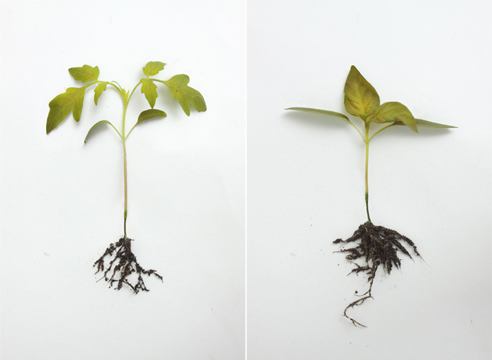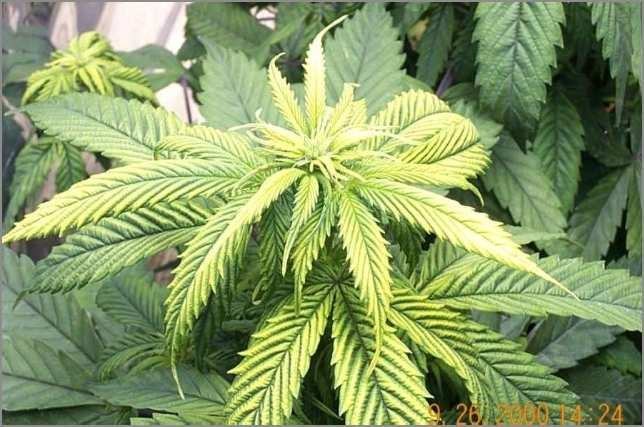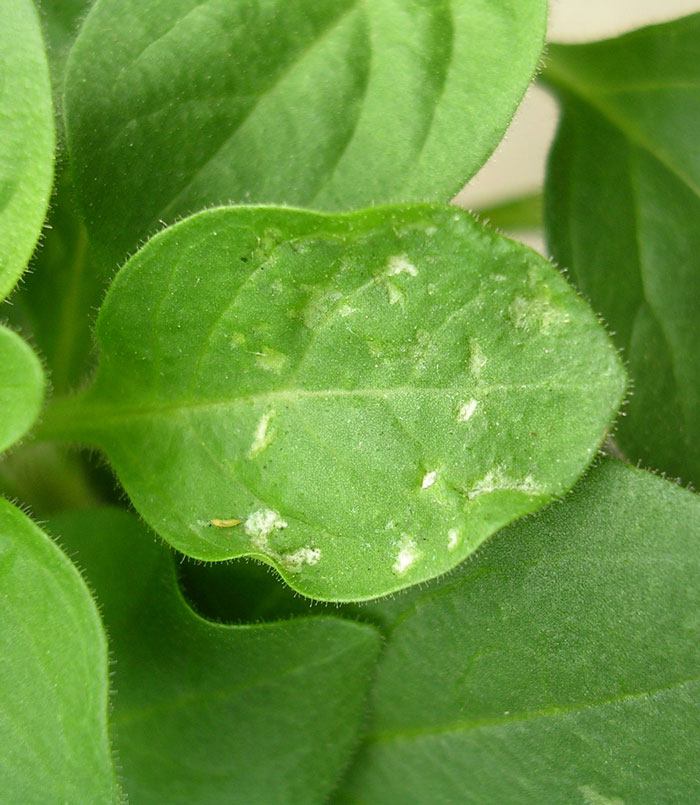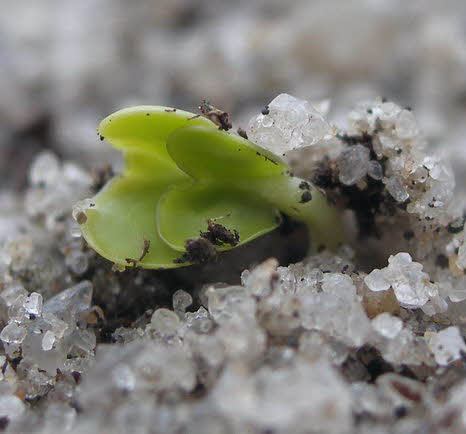Black leg is the one scourge that I can’t fully eradicate from my windowsill garden. With every sowing, I watch with bated breath as the neat rows of tiny sprouts are destroyed by rot attacking their stem bases. The smaller the seed, the greater the likelihood of losing the crop. Over the past year, I attempted three times to grow
thyme
— all efforts failed. Now it’s autumn, and this issue is more relevant than ever. Waiting until spring is too long, and I still crave fresh, free
basil
— you quickly get used to the good stuff! 😊

The Black leg bacteria lives in almost any soil and waits for favorable conditions for growth—humidity, poor ventilation, crowded planting… So many things can trigger it!
If we approach this problem from a chemical standpoint, then black leg thrives in acidic soil. We can neutralize the acidity with ash . For methods to determine soil acidity, check here . Using chemicals isn’t ideal since we are ultimately going to eat the plants grown in treated soil. A common recommendation is to pour boiling water mixed with potassium permanganate over the soil. The solution should be concentrated and dark crimson. After a couple of days, water the soil with a soda solution—one teaspoon per 2 liters of water. I haven’t used potassium permanganate myself as I can’t find it in pharmacies or gardening stores. Instead, I prefer to bake the soil , and whenever I put in the effort, this method proves effective.
Don’t rush to sow. The soil should dry thoroughly and crumble easily. Avoid planting seeds too deep and spray the soil lightly with a spray bottle. Keep the temperature moderate—around 20 degrees Celsius. Some sources suggest that when the first shoots appear, you should lower the temperature to 12–15 degrees during the day and 8–12 degrees at night for a week. However, if I subjected, say, basil to such conditions, it would collapse within the first 3 hours. Both cold and high temperatures encourage bacteria growth.
Avoid sowing seeds too densely. Cover the sowings with plastic wrap, but ensure that condensation doesn’t linger under the film—air them out a few times a day. Do not allow air temperature to drop to 14–16 degrees Celsius, even briefly. Transplant the seedlings on time, and don’t hesitate to pinch off overly long roots—these would die off and begin to rot in a pot anyway. This is especially important for oregano and thyme, my personal favorites, which have lots of threadlike roots. I must admit, transplantation is the most delicate task for me. It takes practice to perfect, and there are several YouTube videos on this topic.
Watering should be done with room-temperature water or slightly warm water at 35–36 degrees Celsius. It’s better to slightly underwater than overwater.
Regarding treatment of already infected plants, there isn’t much I can say—watering with potassium permanganate solution, sprinkling sand at the base of the plant, or stopping watering for a few days might help. However, in my opinion, these measures are ineffective largely because even a saved plant will remain weak, and its stem base won’t recover.
Update as of 25.01.2018: Try watering or spraying with hydrogen peroxide. More details here .
These recommendations are particularly relevant in autumn and early spring when temperatures are unstable and there’s little ultraviolet light. If you have proven methods for fighting and preventing black leg, I would love to hear about them in the comments!



